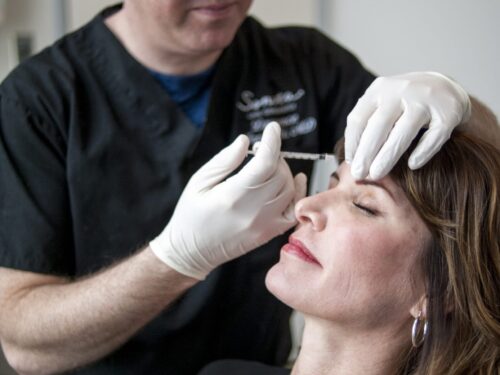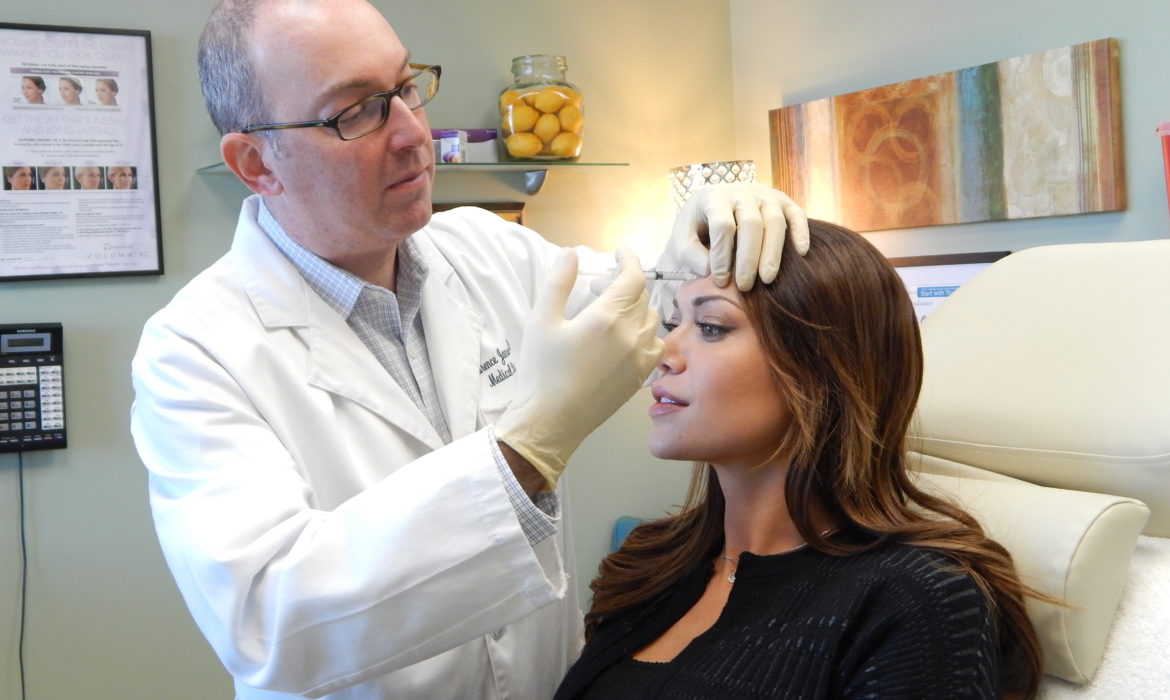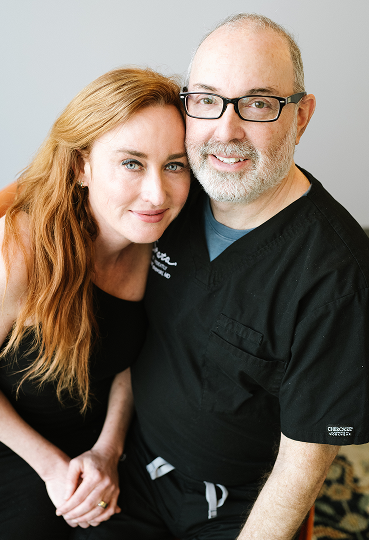Why didn’t my Botox last longer?
New patients in our Broomfield, Colorado office will often tell us tales of their Botox® not lasting as long as they expected.
There are a few factors that go into Botox®’s efficacy and staying power.
- The first and most important variable is having your Botox® injected by a skilled physician provider. It is critical to have the Botox® injected in the right places, and at the right depths, to achieve the results you are looking for. Providers with less experience under their belts may not be as aware of facial anatomy or muscle structure, and may not know where to place the Botox® to get the best results. A physician like Dr. Janowski who injects Botox® every day, and has since 2004 in our Broomfield, Colorado office, will know exactly where to inject to deliver the results you are seeking.
- The second factor is to get enough units of Botox® to achieve full muscle relaxation. Most of the time, when people feel that their Botox® “isn’t working” it is because they may not have gotten sufficient units to relax the area(s) in question. Every face is unique, so you want a physician who knows his/her stuff to make the best recommendation for number of units. Some people have stronger facial muscles than others – and therefore need more units.
As an example, I am 36 and have been getting Botox® for years. I need almost 50 units at a time to relax my forehead, between the brows, and the crow’s feet areas. In general, when people use Botox® consistently, they should need less units over time. In essence, over time, you train your muscles to relax. However, the face does continue to age, so that can also affect and increase dosing. It is also common to need a small touch-up after your first treatment. It can take time for an physician injector who is treating you for the first time to know exactly how you will respond to the treatment.
How long
In the vast majority of the millions of Botox® users, Botox® injected in the face lasts between 3-4 months. However, there are people who metabolize Botox® (break it down) more quickly. One of our staff member is in this situation. In that case, she gets more frequent treatments. We have other patients where there Botox® results regularly lasts 5-6 months.
It is an extremely rare possbility (1/10,000 chance), but there are people who are Botox® resistant, meaning that Botox® just doesn’t work on them. You can’t know in advance of treatment if this is your situation, but it is a very rare possibility. Frequent Botox® users can also (very rarely) develop a resistance to Botox®. Botox® is a purified protein, which causes blockage of the release of neurotransmitters from nerve endings to muscles.
The immune system may react to this foreign protein by forming antibodies to it, in an effort to neutralize it. Again, this is extremely unlikely, but possible.
Botox® is used by millions of people worldwide, and has been approved for cosmetic use since 2002. It is very well-studied and time-tested, and works extremely well for most people. In fact, Botox® is the absolute most popular cosmetic treatment in the world.
How is Botox® made? Can it be “watered down”?
Botox® comes packaged in a purified, sealed powder form, and must be refrigerated. A doctor then reconstitutes the Botox® by adding saline, creating a suspension that can then be injected. Botox® can be prepared in different concentrations, but a skilled physician will inject the appropriate amount of units regardless of the concentration. Dr. Janowski uses 2cc of saline in 1 vial of 100 units of Botox®. This concentration allows him to have very precise placement of the Botox® – so there will be a very low risk of distal spread of the units injected. When Botox® spreads, it can affect muscles not intended to be treated. Dr. Janowski uses bacteriostatic 0.9% sodium chloride to reconstitute our Botox®. This type of saline makes the injections themselves significantly less painful or “stingy” than using regular saline.
While there is a common perception that Botox® can be “watered” down, this is highly unlikely. More likely is that you did not receive enough units to tackle your areas of concern, or the Botox® was placed in less than ideal areas. There is also an aftercare guide that you should follow to get the most out of your treatment.
For even more information, check out our very popular Botox® Buyer’s Guide.
If you live in Denver, Broomfield, Boulder, or any surrounding area, and would like to schedule a FREE consultation please call 303.469.0064 or fill out our contact form.
Liz Janowski
Related Posts

Less Bruising & Pain is Possible at Sonata
We truly know how nervous people can be before their first aesthetic treatment. And we have so many ways to help...

Lips are In
Full, beautiful naturally delicious-looking lips are now an option for almost anyone. Enhancing your lips is both an...

My First Time – Botox/Dysport
Every day, we have clients visit our Broomfield, Colorado office who are trying Botox®/Dysport® for the first time....

